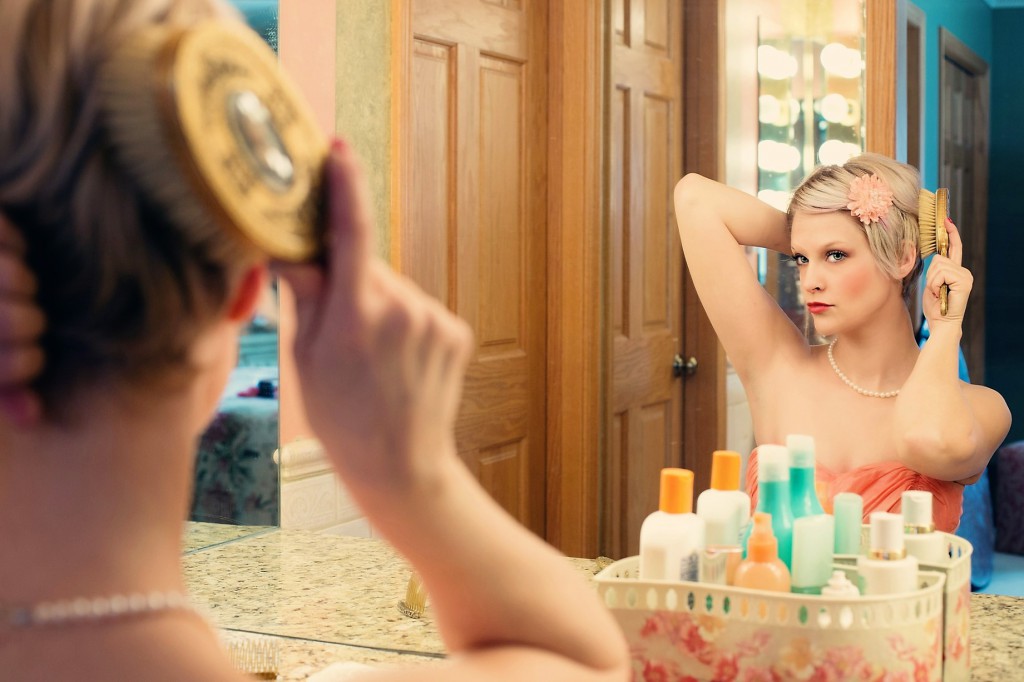02 Apr Possible Selves
Using The Concept of Possible Selves in Coaching
For years I have embraced the concept of Possible Selves without even knowing the theory behind it. It’s a concept coined by Stanford Professor Hazel Rose Marcus and her co-author Paula Nurius in a 1986 paper by the same name. Here, building on Rogers’ theory on a Ideal Self, they work with the premise that we have countless number of Possible Selves.
Rather than striving to be our Ideal Self, we actually an almost limitless choice of Possible Selves: all that we need is our imagination, Just think for a moment, can you imagine a Possible Self working on the laptop on the beach, enjoying a material lite stress-low lifestyle? Or, maybe you can imagine yourself as the boss, a mother or just a fitter, more toned you?
Perhaps your Possible Self is doing something completely different to you as you are now, or perhaps they are just slightly different: tweaked, refined, better. The idea is that if you can imagine it, there is a Possible Self there. Markus and Nurius describe Possible Selves as:
“An individual’s repertoire of possible selves can be
viewed as the cognitive manifestation of enduring goals,
aspirations, motives, fears, and threats. Possible selves
provide the specific self-relevant form, meaning, organization,
and direction to these dynamics. As such, they
provide the essential link between the self-concept and
motivation.”
I’ve been using the techniques of both an Ideal self and Possible Selves for many years. I’ve often had an ideal of a Best Self in my head when it comes to making decisions, staying focused or just hanging on when times are tough. Asking myself, “what would she do?” often brings me to the answer that’s right for me in that moment. And, a creature of imagination, I dream about Possible Selves all the time!
But Possible Selves isn’t just some nice day dream. Author Herminia Ibarra builds on the concept in her book. Working Identity, where she inspires career changers to experiment and play around with taking the road of your Possible Self. Play around with taking on more responsibility if you’re current favourite possible self is the being the boss, and see for real what that is like. Dabble in fine wine if you’ve always imagined one day selling up and buying a vineyard. Take a serious yoga retreat if you’ve long had a hankering for being a yoga teacher but done nothing about it. Her point is to take action. Yes, you may hate your little experiment, but that’s so much better than chucking everything in to become a yoga teacher and finding out that, well, you can’t actually get into anything near a Headstand.
 From a profile raising point of view, one suggestion would be to imagine a more visible, higher profile you. What do you see? Do you imagine yourself on stage, speaking passionately to a group of business people? Or perhaps you could see yourself writing a blog post every day and really getting into your niche. Really go to town here and visualise everything that you’ve done to get to be that Possible Self. So you signed up with a speaker coach perhaps? Or just promised yourself that you’d book yourself for a day at the spa if you can keep up your daily blogging. Maybe your Possible Self is a lot more comfortable in the spotlight than you currently feel. Can you harness some of that confidence and conjure it up for yourself. Maybe just even remembering what it feels like is a start.
From a profile raising point of view, one suggestion would be to imagine a more visible, higher profile you. What do you see? Do you imagine yourself on stage, speaking passionately to a group of business people? Or perhaps you could see yourself writing a blog post every day and really getting into your niche. Really go to town here and visualise everything that you’ve done to get to be that Possible Self. So you signed up with a speaker coach perhaps? Or just promised yourself that you’d book yourself for a day at the spa if you can keep up your daily blogging. Maybe your Possible Self is a lot more comfortable in the spotlight than you currently feel. Can you harness some of that confidence and conjure it up for yourself. Maybe just even remembering what it feels like is a start.
Possible selves aren’t always positive though. Negative Possible Selves can serve as warnings to help us change tack. It could be that you see a Possible self as a work obsessed loner, a smoker struggling to race for the bus, or receiving the news that you’ve failed an important exam. Possible Selves like these keep us on our toes.
The concept of Possible Selves is one that we can use to make big changes (but over time: you have to give yourself the opportunity to experiment), or just small tweaks to improve our health, our performance at work, or even relationships.
I use Possible Selves to work with clients who want to make changes, often even to change direction. However, they can’t quite imagine it yet, let alone work out all the steps they will need to take to get there. It’s an experiential approach that suits people with a range of options to choose from. Contact me if you’d like to find out more.
References
Markus, H. and Nurius, P. (1986) Possible Selves, American Psychologist 41 (9), 954-969






No Comments